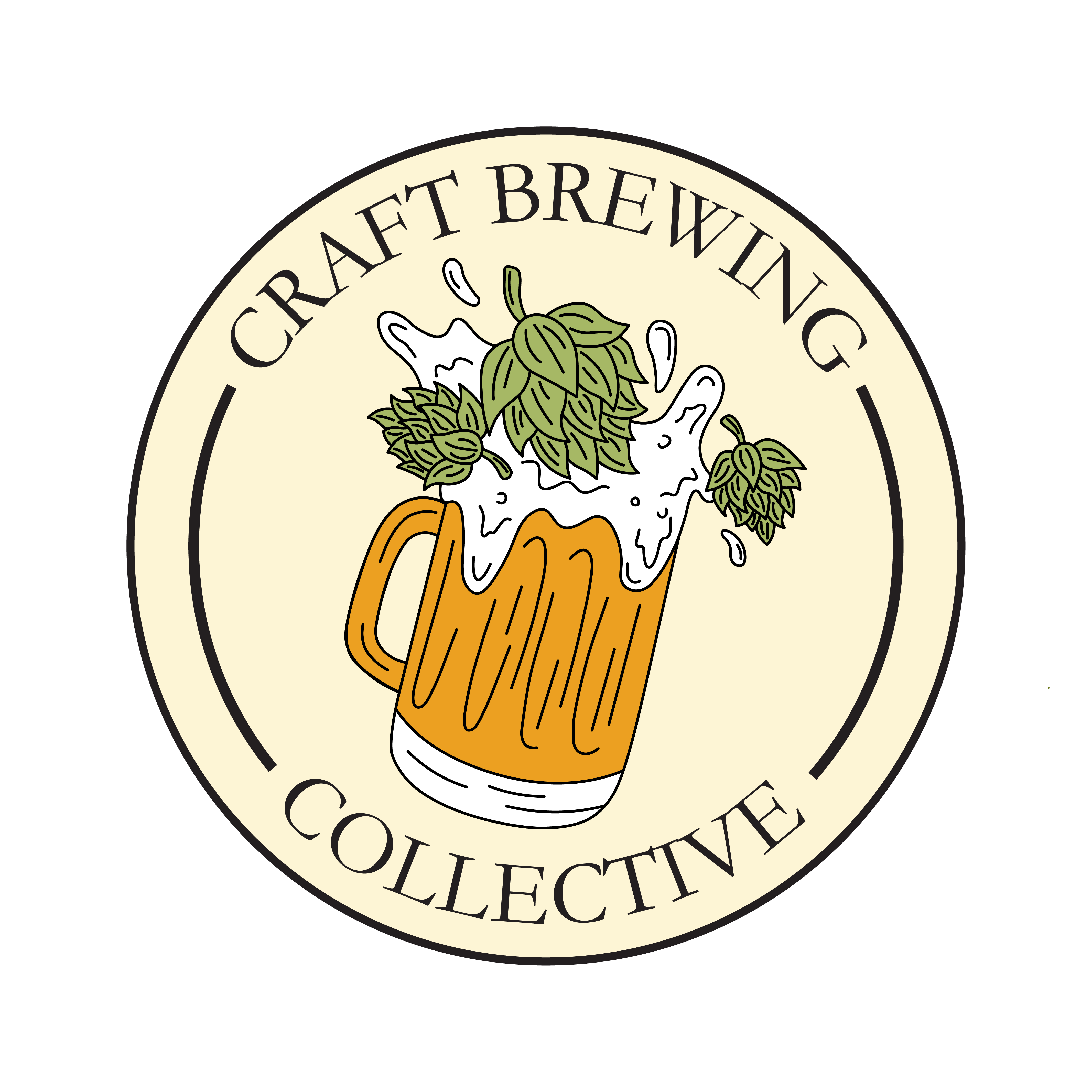Unlocking the Aromatic Magic: The Art of Dry Hopping in Homemade Beer
Introduction:
- Greetings, fellow homebrewers and beer enthusiasts! Today, we're diving into the fascinating world of dry hopping, an age-old technique that adds an explosion of enticing aromas to our homemade brews. Join me as we explore the origins of dry hopping, its current trends, and how you can master this art to elevate your own beer creations.
The Ancient Origins: Believe it or not, dry hopping has a history that dates back centuries. While exact dates are elusive, historical records suggest that early brewers discovered the benefits of adding hops during or after fermentation in the pursuit of enhanced aroma. Imagine our brewing ancestors stumbling upon this flavor-altering technique long before the science of brewing was fully understood!
The Aroma Renaissance: In recent years, dry hopping has experienced a resurgence, capturing the attention and creativity of homebrewers and commercial breweries alike. Craft beer enthusiasts have developed an insatiable appetite for bold aromas and flavors, and dry hopping has become a key tool to satisfy these desires. With each sip, we experience the magical interplay of hop varieties and the fermentation process.
Unleashing the Aromatic Symphony: Dry hopping is the process of adding hops directly to the fermenter after the primary fermentation has subsided, allowing the hops' essential oils to infuse the beer with captivating aromas. While it doesn't contribute much bitterness, it imparts a kaleidoscope of scents that can range from floral and citrusy to resinous and tropical.
Current Trends:
Hop Blending: Homebrewers are embracing the art of hop blending, combining different hop varieties to create unique flavor profiles. Experimenting with combinations such as Citra and Amarillo or Simcoe and Mosaic allows us to craft beers that tantalize the senses.
New Hop Varieties: The hop world is continuously evolving, and new hop varieties are emerging to capture our attention. From exotic hops with tropical fruit notes to those that mimic the aromas of your favorite citrus grove, there's always something new to explore.
Double Dry Hopping: Building upon the foundation of dry hopping, double dry hopping has become a trendy technique. This involves adding hops in two separate stages during fermentation, intensifying the aroma and creating a beer that bursts with fragrance.
Cryo Hops: Cryo hops are a recent innovation that has taken the brewing community by storm. Using a specialized process, the lupulin glands, which contain the hop's essential oils and resins, are separated from the hop plant material. This results in a concentrated hop product with enhanced aroma potential, allowing for bolder flavors without excessive bitterness.
Mastering the Art of Dry Hopping:
Now that we've explored the historical significance and current trends, it's time to put our newfound knowledge into action. Here are some tips for successfully dry hopping your homemade beer:
Choose the Right Hops: Consider the hop variety's aroma profile and select hops that complement your beer style. Do some research, experiment, and find the perfect combination to suit your taste.
Timing Matters: Dry hopping is most effective when done during the later stages of fermentation. Aim to add hops once primary fermentation has slowed down, typically a few days before reaching your target final gravity.
Sanitation is Key: Ensure all equipment, including your fermenter, airlock, and any tools used for dry hopping, are properly cleaned and sanitized to avoid contamination.
Don't Overdo It: While the temptation to add excessive hops is strong, it's essential to strike a balance. A general guideline is 0.5 to 1 ounce (14 to 28 grams) of hops per gallon (3.8 liters) of beer, but feel free to adjust based on your desired intensity.
Patience and Rest: After adding the hops, allow the beer to rest for a few days or up to a week. This allows the hops to infuse their aromatic goodness into the beer. Remember, good things come to those who wait!
Conclusion:
- Dry hopping is a marvelous technique that allows us homebrewers to unlock a world of aromatic possibilities. By harnessing the power of hops during or after fermentation, we can elevate our beer to new heights of olfactory delight. So, grab your favorite hop varieties, embark on your own hop blending adventure, and indulge in the tantalizing fragrances that await you in every sip. Happy brewing and cheers to the aromatic symphony of homemade beer!

